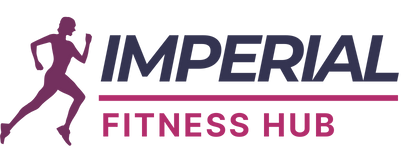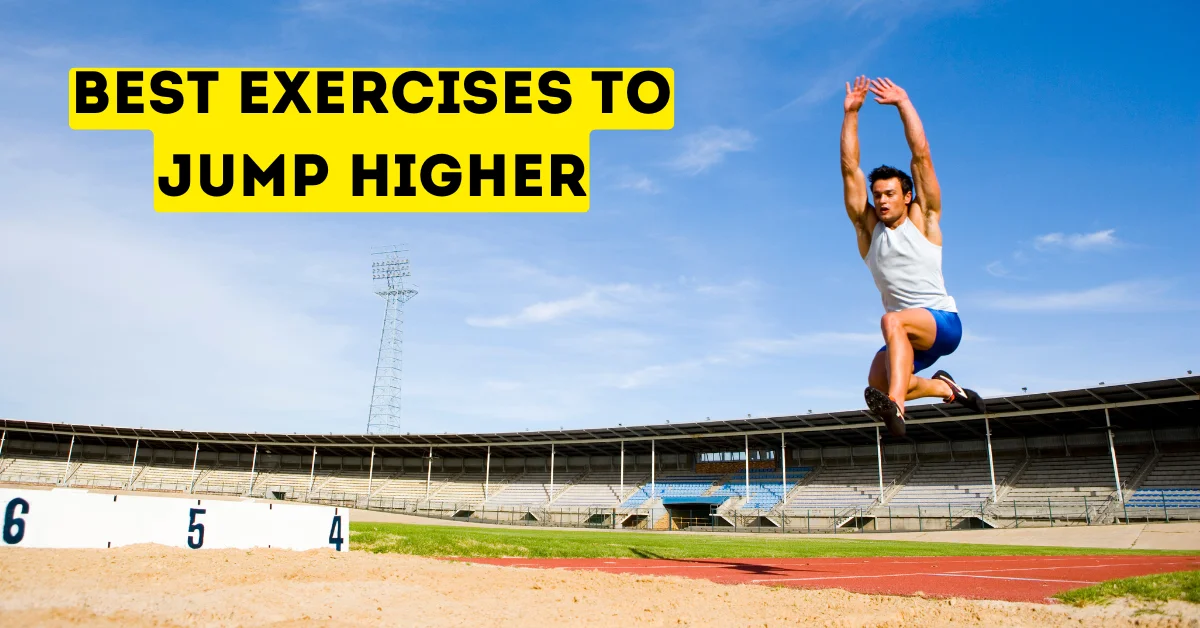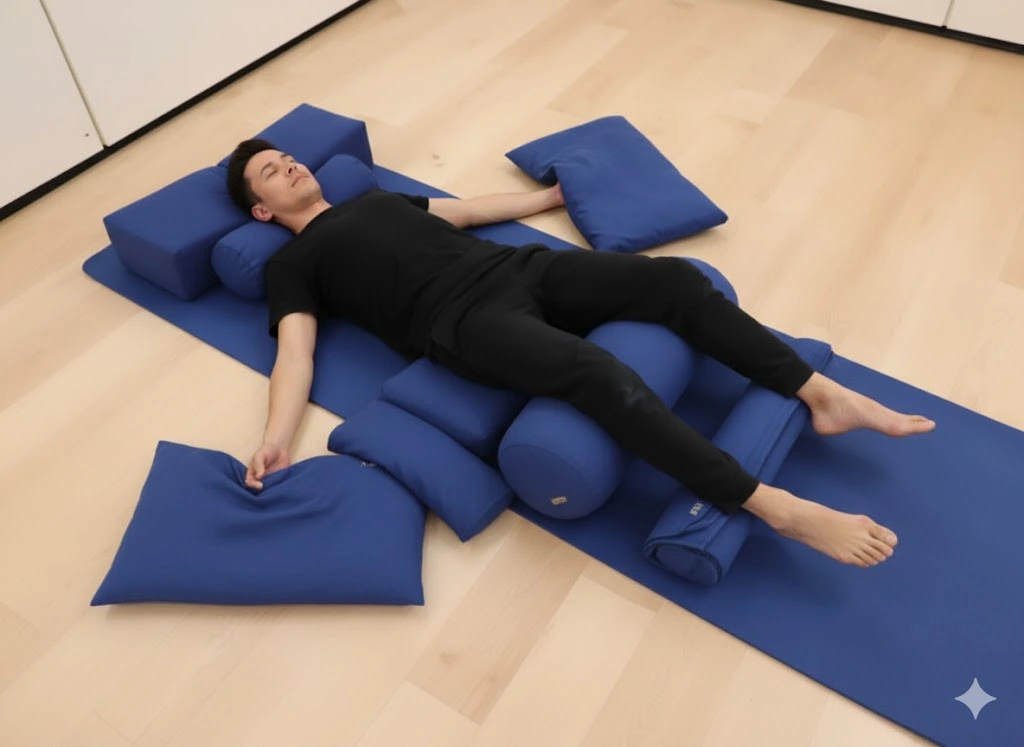Introduction: Why Exercises to Jump Higher Matter
If you have ever wondered how athletes achieve explosive vertical leaps, you are not alone. Whether you are a basketball player aiming to slam dunk, a volleyball enthusiast reaching for spikes, or just someone who wants to improve lower-body strength and explosiveness, mastering the best exercises to jump higher can transform your game. Today, more and more people search for exercises to jump higher, drills to jump higher, and workouts to increase vertical jump, because it’s not just about jumping, it’s about power, speed, and performance.
Jumping higher is not just a skill, it’s a result of science-backed training. You need a smart combination of strength training, plyometrics, and vertical jump drills to unlock your true potential. With the right vertical jump training, you can condition the specific muscle groups involved in explosive jumping, boost your jump height, and outjump the competition whether on the court, track, or field.
Table of Contents
Muscles Worked for High Jump
To understand how to jump higher, you first need to know which muscles power your vertical leap. Every explosive jump starts with a combination of strength, speed, and coordination across several key muscle groups. The right jump training targets these areas to maximize your vertical. Here are the major muscles involved in exercises to improve vertical jump:
- Glutes (Gluteus Maximus, Medius, Minimus): The glutes are the powerhouse behind every explosive movement. Strong glutes help you generate force quickly, which is essential for high jumps.
- Quadriceps (Front Thigh Muscles): These are the primary knee extensors and play a major role in propelling you off the ground. Many jump higher workouts emphasize quad strength.
- Hamstrings (Back Thigh Muscles): Hamstrings support hip extension and deceleration during landing. Balanced hamstring strength prevents injury and improves jump performance.
- Calves (Gastrocnemius and Soleus): Your calves provide the final push-off in a jump. Strong calves contribute to a quicker toe snap and higher lift-off.
- Core Muscles (Abdominals & Lower Back): A strong core stabilizes your body during takeoff and landing. Many exercises to jump higher include core engagement to prevent energy leaks.
- Hip Flexors: These assist in lifting your knees during the upward phase of a jump. Strong hip flexors make your movement more fluid and explosive.
- Tibialis Anterior (Shin Muscle): Often overlooked, this muscle controls your foot during the jump and helps with ankle stability, crucial for explosive vertical motion.
Training these muscle groups together using targeted exercises to make you jump higher builds the foundation for improved vertical performance. Now, let’s move into the best exercises to activate and develop these muscles effectively.
11 Best Exercises to Jump Higher
Looking to level up your jump? These exercises to increase vertical are specifically chosen to build explosive power, speed, and strength. Add them to your vertical jump training program and you’ll start to see real gains in height and hang time.
1. Squat Jumps
Builds explosive strength in your glutes, quads, and calves, directly improving your vertical jump.
How to Do It:
- Perform 3 sets of 8–10 reps.
- Start in a squat position with feet shoulder-width apart.
- Explode upward as high as possible.
- Land softly and return to a squat position.
2. Bulgarian Split Squats
Enhances unilateral leg strength and stability, helping correct muscle imbalances for higher jumps.
How to Do It:
- Do 3 sets of 8 reps per leg.
- Place one foot behind on a bench, the other foot forward.
- Lower into a lunge until the front thigh is parallel.
- Push through your front heel to return.
3. Box Jumps
One of the best exercises to jump higher, this drill builds fast-twitch muscle fibers for explosive lift-off.
How to Do It:
- Perform 3 sets of 6–8 jumps.
- Stand in front of a sturdy box or platform.
- Swing your arms and jump up with both feet.
- Land softly on the box, then step down.
4. Depth Jumps
A key drill to jump higher is training reactive strength and reducing ground contact time.
How to Do It:
- Perform 3 sets of 5 reps.
- Step off a box, land, and immediately explode into a vertical jump.
- Focus on speed and minimal ground contact.
5. Broad Jumps
Improves lower-body explosiveness and horizontal power transfer, which also helps vertical elevation.
How to Do It:
- Do 3 sets of 5 reps.
- Stand with feet shoulder-width apart.
- Swing your arms and jump forward as far as you can.
- Land with control and repeat.
6. Deadlifts
Strengthens your posterior chain, glutes, hamstrings, and lower back for powerful upward motion.
How to Do It:
- Lower with control. Perform 3 sets of 6 reps.
- Stand with feet hip-width apart.
- Grip the barbell, keeping your back straight.
- Lift by driving hips forward.
7. Jumping Lunges
Builds strength and coordination while improving single-leg explosiveness.
How to Do It:
- Do 3 sets of 10 reps (5 per leg).
- Start in a lunge position.
- Jump and switch legs mid-air.
- Land softly and repeat.
8. Power Cleans
Advanced full-body lift for developing power and speed, perfect for athletes aiming to jump higher.
How to Do It:
- Reset and repeat. Perform 3 sets of 4 reps.
- Begin with the barbell at mid-shin.
- Jump up, catching the bar at your shoulders.
9. Calf Raises
Strengthens the push-off muscles and supports ankle stability for higher verticals.
How to Do It:
- Do 3 sets of 15–20 reps.
- Stand on a step or flat surface.
- Rise onto your toes, pause, and lower slowly.
10. Resistance Band Knee Drives
Activates hip flexors and core, adding quickness and control to your vertical leap.
How to Do It:
- Perform 3 sets of 12–15 reps per leg.
- Loop a resistance band around your foot and anchor it.
- Drive your knee up explosively.
11. Plank to Pike Jumps
Combines core strength and explosive movement for functional jump mechanics.
How to Do It:
- Return to the plank. Repeat for 3 sets of 10 reps.
- Start in a plank position.
- Jump both feet toward your hands (into a pike).
These exercises form a complete jump higher workout plan when combined. Train consistently, focus on form, and gradually increase intensity to see results in just a few weeks.
According to a meta-analysis in the British Journal of Sports Medicine, plyometric training is one of the most effective methods to improve vertical jump performance.
Frequently Asked Questions (FAQs)
Q1. What are the best exercises to jump higher?
The best exercises to jump higher include squat jumps, box jumps, depth jumps, Bulgarian split squats, and deadlifts. These target power, explosiveness, and strength for vertical improvement.
Q2. How often should I do vertical jump training?
You should train for the vertical jump 2–3 times per week. This allows for proper muscle recovery while maximizing performance gains.
Q3. Can bodyweight exercises help me jump higher?
Yes, bodyweight exercises like jumping lunges, plank to pike jumps, and squat jumps can significantly increase your vertical jump by improving strength and explosiveness.
Q4. How long does it take to increase vertical jump?
Most people see noticeable results in 4 to 6 weeks with consistent training and proper rest. Genetics, current fitness level, and training intensity all influence your progress.
Q5. Which muscle is most important for jumping higher?
The glutes are the most important muscle group for jumping higher, followed closely by the quads and calves. They generate the explosive force needed for vertical lift.
Q6. Do I need equipment for jump training?
No, you can improve your vertical with bodyweight exercises. However, resistance tools like dumbbells, boxes, or bands can accelerate progress in jump training.
Conclusion: Jump Higher with the Right Training
Improving your vertical is not just a dream, it’s a measurable goal you can reach with the right training. By consistently practicing these exercises to jump higher, targeting the right muscle groups, and following a structured jump training plan, you’ll unlock new levels of athleticism.
Remember, the best results come from combining explosive strength training, plyometric drills, and core stability work. Whether you are just starting or looking to gain those last few inches, these workouts can help you take flight.
Consistency is key. Stay focused, challenge your limits, and within weeks you’ll notice real gains—not only in how high you jump, but how confidently you move.





